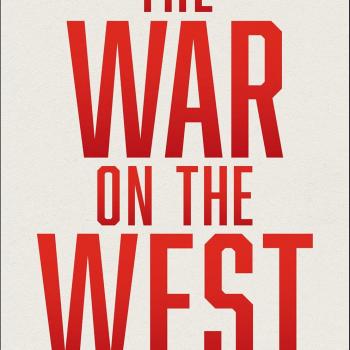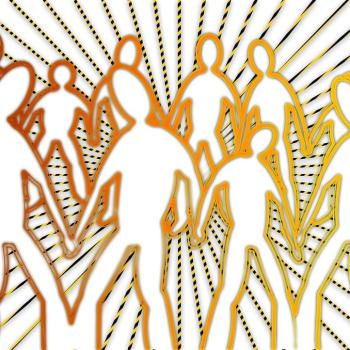
Culture profoundly shapes how we view the world, interact with others, and understand ourselves. When individuals transition from a Western to an Eastern cultural setting, they often encounter unexpected challenges. What they discover can be both enlightening and disorienting. Here are 11 nuances worth noting:
- Collectivism vs. Individualism
In the West, there’s a strong emphasis on the individual (e.g., personal achievements, rights, and freedom). In Eastern societies, one discovers a world where the group’s needs (i.e., family, community, or society at large) take precedence. This shift from “I” to “We” can be jarring, requiring individuals to recalibrate their personal boundaries and consider the greater good.
- Rights vs. Responsibilities
At a basic social or practical level, it’s probably the notion that personal autonomy/decisions could or should be limited by or determined by others. Western individuals hate having social obligations or debts for which they’re accountable. We have various defense mechanisms to justify our disposition—we bemoan groupthink, institutional abuse, cults, etc. We laud creativity and diversity against the foil of conformity.
- Indirect Communication
Eastern cultures are masters at the art of subtlety and nuance in communication. Their non-verbal cues and skill at reading between the lines are essential skills. This dynamic is challenging those accustomed to the directness and explicitness of Western communication.
- Conceptions of Time
The West’s linear view of time, marked by schedules, deadlines, and future goals, contrasts with the East’s more cyclical and present-focused perspective. This difference affects everything from business meetings to social gatherings, leading to potential misunderstandings.
- Hierarchical Relationships
Eastern cultures often emphasize respect for elders, authority figures, and societal hierarchies. This respect manifests in various ways, including language nuances, and can be a significant shift for egalitarian Westerners.
- Role of Tradition
Tradition and history play pivotal roles in Eastern societies. For future-oriented Westerners, navigating these deep-rooted customs and rituals can be both an enriching experience and a source of confusion.
- Views on Independence
The Western narrative of self-reliance and independence often clashes with Eastern values emphasizing interdependence, collaboration, and community. This conflict can impact personal relationships, work dynamics, and individual aspirations.
- Educational Approaches
Western students accustomed to interactive, discussion-based classrooms frequently find the Eastern emphasis on rote learning and instructor reverence challenging, leading to adjustments in learning styles and classroom interactions.
- Holistic vs. Analytical Thinking
Eastern holistic thought patterns focus on relationships, context, and overall harmony. In contrast, Western analytical thinking tends to dissect situations into individual elements, creating potential disparities in problem-solving approaches.
- Openness and Privacy
Boundaries concerning personal space, privacy, and openness vary widely. For Westerners, understanding these nuances is crucial to avoid potential misunderstandings or unintended intrusions.
- Conceptions of “Self”
The Eastern flexible, interconnected view of the self can be enlightening for Westerners, accustomed to a more rigid, individualistic understanding. This new perspective can influence self-awareness and relationships.
In conclusion, transitioning between Western and Eastern cultural perspectives is not a quick process. It’s a journey of self-discovery, learning, and growth. At the same time, embracing these differences with an open heart and mind can lead to profound transformation.













